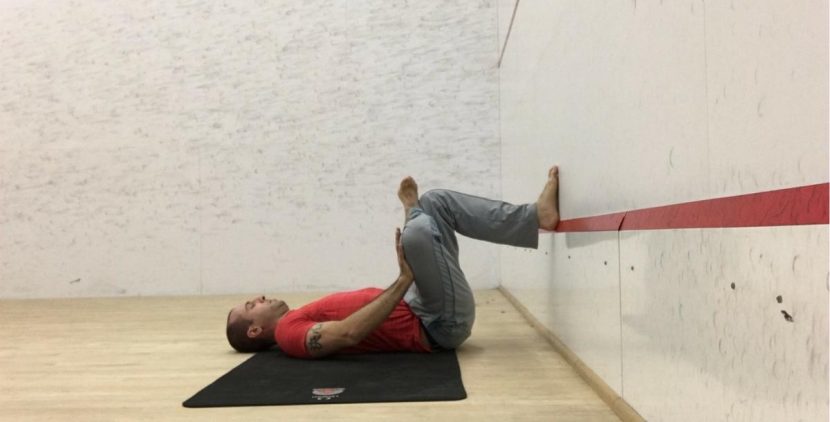Now, let’s consider martial arts and, more specifically, Jiu-jitsu. Watching elite practitioners is like seeing a masterclass in body awareness. The most skilled grapplers can move their hips independent of their shoulders, often “unconnecting” one side of their body entirely to manipulate space and gain an advantage. A classic example is the guard pass. An […]


Now, let’s consider martial arts and, more specifically, Jiu-jitsu. Watching elite practitioners is like seeing a masterclass in body awareness. The most skilled grapplers can move their hips independent of their shoulders, often “unconnecting” one side of their body entirely to manipulate space and gain an advantage. A classic example is the guard pass. An athlete who can direct their hips in one direction while keeping their upper body positioned elsewhere has a distinct edge. Whether rolling out of a submission attempt, transitioning into a dominant position, or executing a pass, this level of dissociation allows for adaptability and creativity under pressure. It’s no coincidence that those with superior movement control often dominate in these situations.This concept applies across various athletic movements. Take, for example, an offensive lineman in football. As they set back in pass protection, their lower body maintains a vertical posture to anchor against an opponent’s rush. Simultaneously, their upper body rotates independently to extend their arms and engage with a defender. If their hips and shoulders were locked together, this fluidity would be lost, making it far harder to counteract the aggressive movements of a defensive lineman. The ability to move different segments of the body independently allows them to maximize leverage, speed, and efficiency, ensuring that their motion isn’t dictated by rigidity.Let’s start with the visual of an NFL receiver sprinting down the sideline at full speed. Their lower body is entirely focused on maximizing stride efficiency and speed. Yet, in a split second, they must rotate their upper body backward, track the ball in flight, and extend their arms for the catch – all without breaking stride. This movement isn’t just about catching a ball; it’s about maintaining the synchronization of their body through space. Their hips remain square to their sprinting direction, driving forward, while their torso rotates against that momentum to achieve the goal. It’s an awe-inspiring demonstration of control, power, and coordination, all stemming from this ability. Ultimately, this talent to separate the upper and lower body is a secret weapon of elite athletes. It allows them to create opportunities, adapt in real time, and maintain balance and control in dynamic situations. Whether it’s a wide receiver, an offensive lineman, or a jiu-jitsu fighter, this ability defines what it means to be a truly exceptional mover.Athleticism often transcends strength, speed, or even skill. At its core, it is the ability to move the body with precision, efficiency, and fluidity, particularly in complex or high-stakes scenarios. One of the greatest displays of athleticism lies in an athlete’s ability to separate their lower body from their upper body – especially in the transverse plane. This ability is a hallmark of elite performers across disciplines, from football and martial arts to functional fitness and beyond.Developing this skill rarely involves advanced techniques. It starts with purposeful training in various stances and positions. Athletes can work on separation of the upper and lower body with bilateral and staggered stances, locking either the hips or shoulders while moving the other. For example, practicing from a kneeling position – whether one knee is down or both – forces athletes to isolate movement patterns, building awareness and control. These drills translate into more dynamic and reactive movements in competition.














